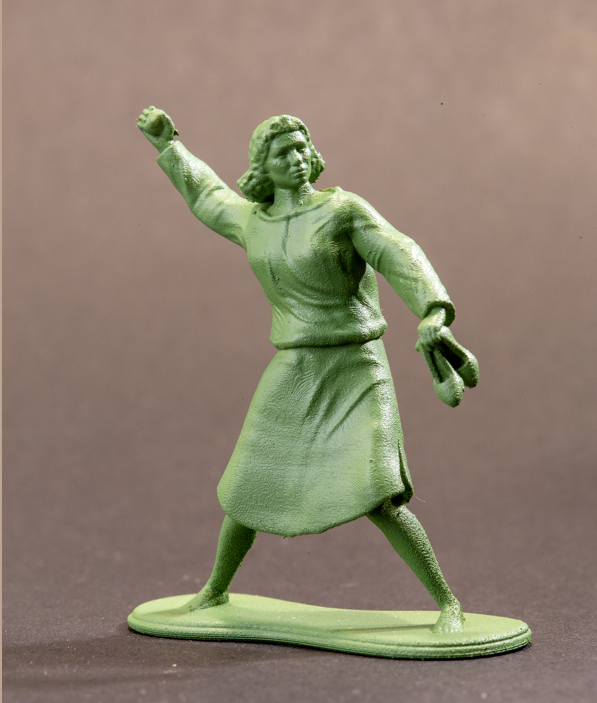In 1964, the American toy company Hasbro created the GI Joe action figure, a toy that would change the industry. It’s moving parts and multiple accessories, particularly uniforms and weapons, allowed American children to be ‘part of the action.’ They were immensely popular. But by the late 1960’s, with anti-war sentiment growing in the United States, the toy was discontinued. It was reintroduced in the latter 1970’s and flourished again with deregulation under Ronald Reagan in the 1980’s (allowing for marketing across platforms, particularly televised cartoons). Its reintroduction was part of a hedge amongst corporations and policy makers that Americans would overcome what had been termed ‘the Vietnam syndrome.’ This ‘disease’ amongst the American people in the late 1960’s and early 1970’s consisted in believing that the Vietnam war –and by extension imperial war in general– was not just mistaken, but morally wrong.
The bet paid off. By the 1990’s, GI Joes were outfitted for the ‘desert theater’ including an option for hazmat suits, as the toy industry closely tracked the renewed US military interventions in the Arabian Gulf. Indeed, by this time the multi-billion-dollar toy industry and the multi billion-dollar weapons development industry were working in partnership, with ideas and innovations flowing in both directions. The M16 rifle, for instance, was based on a design that the toy company Mattel produced for its toy soldiers. According to the journalist William L. Hamilton, writing in the New York Times in 2003, ‘supersoaker’ water guns inspired quick loading assault weapons, model airplanes inspired the design of drones, and gaming control panels were the models for unmanned robotic vehicles. And he adds: ‘because the newest generation of soldiers grew up playing with electronic toys and games, the symbiosis between them is nearly genetic. Today’s troops received their basic training as children.’ Toy designs are not only useful for adaptation and development of military equipment, they have the advantage of being familiar. That was 2003. Today, America’s child soldiers are all that more immersed in their training.
My brother and I had little green toy soldiers in our collection, a collection that included soldiers from the Roman empire, the Italian Bersigliere, and the American revolution, as well as various ‘frontier’ fighters like Davy Crockett. The GI Joes, which were much bigger, didn’t really fit with our battle plans, towering over our little green men. Amidst our fervid troop deployments we never stopped to wonder what it says about a society that militarizes its male children in this way, even in peacenik homes like ours. We never stopped to think what it meant, as American kids, to be brought up in a warlike society, where to be against war was considered an illness, a syndrome. So, instead we grew up like healthy American boys.
In 1989, Israel began training its own child soldiers with Intifada, a popular video game in which an Israeli soldier –armed with rubber bullets and tear gas– confronts Palestinian protesters. In 2024, Israel’s first military action figures were brought to market. The toys featured ‘realistic’ uniforms of Israeli Defence Force soldiers. They were named ‘Giborey Israel’ – heroes of Israel. The creators explained in the press that the toys were designed to help kids feel safe, and presumably, healthy.

***
I left the United States permanently in 2002. We were at war, but we were always at war, even during times of peace, like when I was a child and Nixon gave us ‘peace with honor’ which turned out to be more war. And anyway, in a warlike society everything, even child’s play, is priming for war. Or it is war itself.
Warlike societies don’t require enemies, much less enemy armies. They don’t require enemies because they acquire them. My brother and I learned the story of General Custer’s Last Stand, a battle in the ‘Indian Wars.’ We learned the Vietnamese called the Vietnam War, the American War. As we played, we did not suspect it was our warlike society that invaded other people’s lands with all our warlike training and preparation, and called the resistance a war. Warlike societies acquire a lot of wars, wars on drugs, wars on poverty, wars on terror, cold wars. These acquisitions need only encounter a slingshot to declare themselves. The Vietnamese called it the American War not because it was their perspective, but because it is only warlike societies that make wars. Warlike societies acquire wars by declaring them on any and every acquisition, as any and every acquisition. And in so doing warlike societies show us that all acquisition is the imposition of war on the acquired.
What I see in the arresting work of Mohammed Zakaria is the resistance to acquisition, the refusal to be acquired as war by the warlike. I see it too in the resistance of the stifled installation of Muriel Koch, and in the lonely, powerful performance of Anan Ashour that round Zakaria’s work.
But in the face of relentless acquisition, these works are no mere cries for peace. Peace has little chance against warlike societies of being anything other than warlike peace. Instead, these works call for something more and something else. These works can be understood as a call for the abolition of acquisition upon which the warlike build their societies.
Since I left the warlike society of the United States, the latest wave in the long movement for abolition rolled across that country, giving us some guidance to what an abolition of the acquisition of/as war might look like. This younger generation of abolitionist –and the elders who inspire them– begin from the premise that the abolition of prison and policing requires the abolition of a society that needs prisons and policing. Indeed, they suggest that prisons and policing are symptoms of a distorted and troubled society, a warlike society. Abolitionists work for the end of such a society and the birth of new one, a new one that is already in gestatory practice in the undercommons of the acquired. They work for societies where the police and prisons are obsolete. These urgent works –of Zakaria, Muriel, and Anan– remind us that such a society would also have to be one in which the acquisition of land, of peoples, or of things was no longer necessary.
There is no end to acquisition for a warlike society, just as there is no end to the production of the criminal inside a warlike society. But the abolition of acquisition will one day be at hand for the acquired, and warlike societies will topple like toy soldiers.
January 25, 2025
We would like to thank Mohammed Zakaria for allowing us to accompany the text with images of his work Jabbar. To see more of his artwork, please visit his website: https://www.zkria.com/


0 comentarios